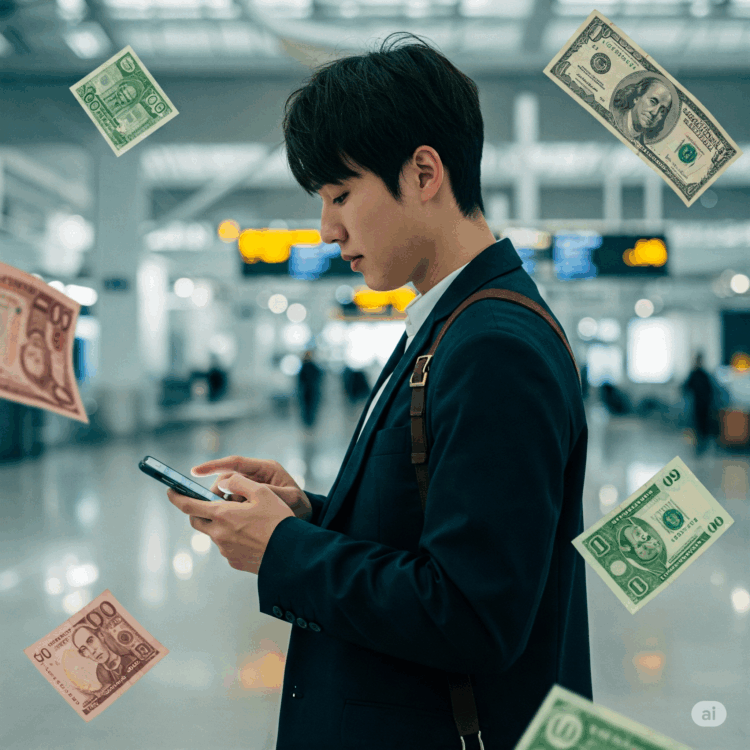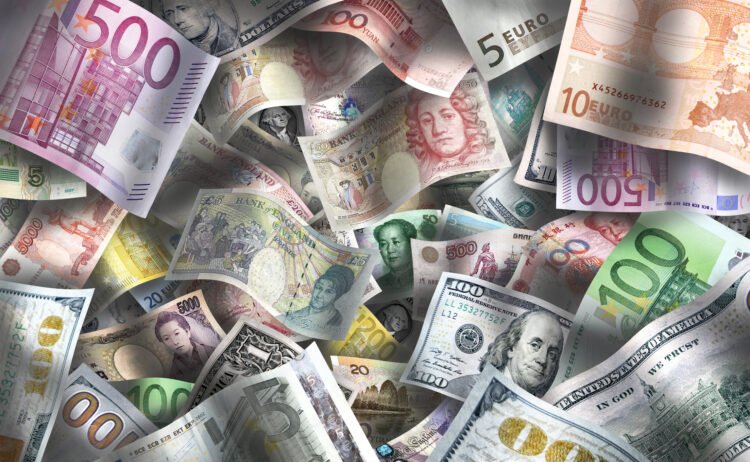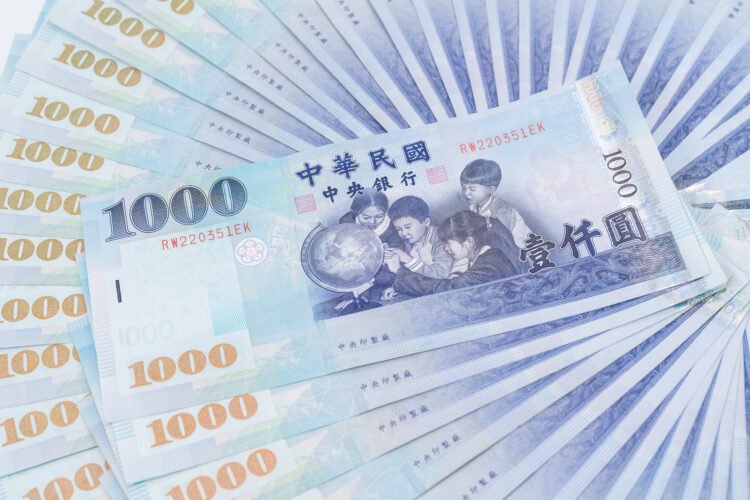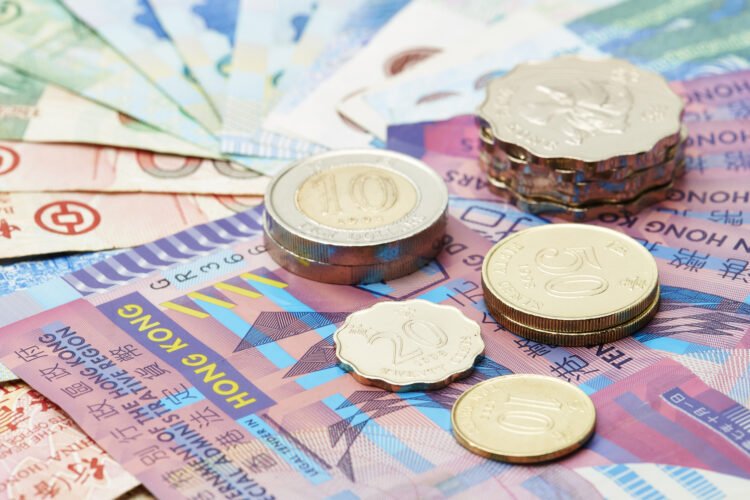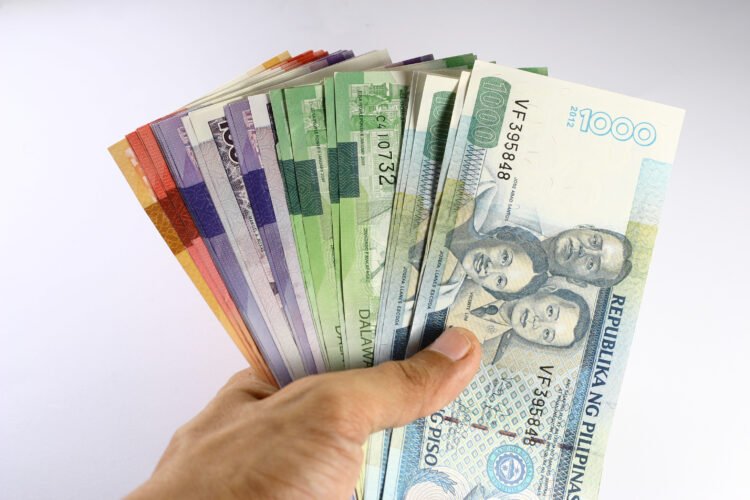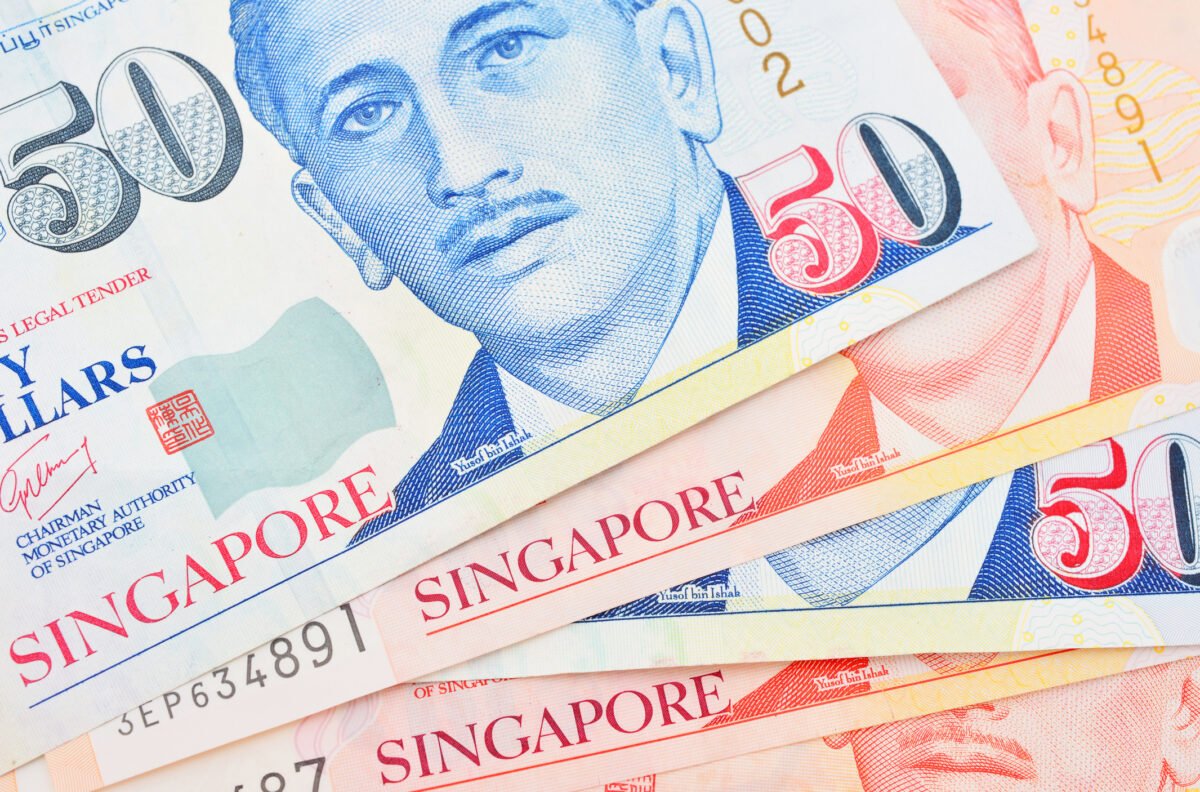
The Singapore dollar is an Asian currency that has been
used as a reserve currency of choice by several countries around the world. It is a
symbol of economic power and prestige and has been a very important part of the
history of Singapore.
Monetary policy
Monetary policy in Singapore involves a lot of moving parts. It involves determining
the appropriate monetary policy to meet the country’s economic objectives. The
country’s economic fundamentals, as well as interest rates and inflation, must be
considered.
The Monetary Authority of Singapore (MAS) is the nation’s central bank. It controls
the value of the Singapore dollar against a basket of currencies, known as the “Sing
dollar nominal effective exchange rate” (S$NEER).
The Sing dollar nominal effective exchange rate fluctuates within a band based on
the prevailing level. MAS changes the band based on risks assessed to Singapore’s
growth and inflation.
When Singapore’s economy is growing, the value of the Singapore dollar
strengthens. However, in the case of a recession, a depreciation of the Sing dollar
occurs. This decrease in the value of the currency can have a negative impact on
imported prices. MAS will intervene to keep the value of the Sing dollar in the policy
band.
To regulate the Sing dollar, MAS uses a number of instruments. Besides letting the
local currency rise or fall against its main trading partners, it also buys and sells the
currency. These operations ensure liquidity in the money market and maintain
relative strength in the value of the Sing dollar.
In recent months, the MAS has tightened monetary policy in order to combat price
pressures. This move should help to slow down the momentum of inflation.
MAS will continue to closely monitor global and domestic economic developments.
As a result, it is expected to take more monetary measures.
As the economy continues to recover from the pandemic-induced 4.1% contraction
in 2021, the central bank expects that GDP growth will be 3% to 5% in 2019. Core
inflation is seen at 4% this year.
Banknotes
The Singapore dollar is one of the most traded currencies in the world. Its monetary
system is not as strict as the Chinese yuan, but it is closely monitored by the
Monetary Authority of Singapore to ensure its stability.
Since it began issuing its own currency in 1967, Singapore banknotes have had a
variety of designs. Some of the most prominent themes include everyday life,
waterfront scenes, and ethnic groups in a Chingay procession.
When Singapore first became independent from Malaysia in 1963, it was a part of
the Straits Settlements. Singapore’s dollar initially pegged to the British pound, and
later to the US dollar. After a period of time, however, the Singapore dollar was
pegged to a basket of currencies, allowing it to float within a range of foreign
exchange rates.
There are seven different denominations of Singapore dollar banknotes. They are
available in a variety of colours and sizes. These include the S$1, S$5, S$10, S$25,
and S$50.
On the obverse side of the banknote, the nation’s coat of arms is depicted. In the
background, there is a map of Singapore, and on the reverse, there are four hands
clasped together. This design symbolizes independence.
In addition to its national coat of arms, the Singapore dollar notes also feature its
crest. At the bottom of the note, four hands represent the various races in the
country.
The first Singapore dollar banknotes were issued in 1967. They feature a lion head
watermark. This design is a symbol of the country’s independence from Britain.
As Singapore became independent, it no longer looked to Britain for its decisions.
Instead, political activists started forming parties. Mr Soon Seng Kai began collecting
Malaya pieces when he was in his 30s.
Coins
The Singapore dollar is the official currency of Singapore. It is issued by the
Monetary Authority of Singapore and is fully backed by gold, silver, and other assets.
The Singapore dollar was originally pegged to the British pound, but it was
subsequently pegged to the U.S. dollar for a brief period in the early 1970s. In 1985,
Singapore adopted a more market-oriented exchange regime.
Today, the Singapore dollar is used in foreign exchange markets, as well as for
international money transfers. One cent coins are still legal tender in Singapore, and
can be used for purchasing goods and services.
The Singapore dollar is considered to be one of the strongest currencies in the world,
and is widely traded across the globe. In fact, it is the 12th most traded currency in
the world.
However, the currency is not as tightly regulated as the Chinese yuan or the
Philippine peso. Instead, it is pegged to an undisclosed basket of other currencies.
This system of monitoring the currency helps the government control inflation. It
also ensures that exports are competitive. As a result, the currency is very stable.
Coins and banknotes in the Singapore dollar are minted by the Monetary Authority of
Singapore. These are available in paper and polymer notes. They feature a Coat of
Arms and signature of the Minister for Finance.
There are eight denominations of Singapore dollar coins. Each coin has its own
unique features. For example, the 1 SGD coin has a brass-plated steel outer ring and
a silver inner circle. Also, the coin has a fluted inscription reading REPUBLIC OF
SINGAPORE.
The Portrait series of banknotes was introduced in 1999. It features a portrait of
Yusof bin Ishak on the obverse. A civic virtue engraved on the reverse is also
included.
Exchange rate
The Singapore Dollar is the official currency of the Republic of Singapore. It was
originally pegged to the British Pound Sterling until the early 1970s, but it floated
within an undisclosed bandwidth from 1985 to the present.
As the dollar lost value during the global financial crisis, the Singapore economy
slowed. But a revival in exports has helped the country’s GDP regain its footing.
In the past few weeks, the exchange rate of the Singapore Dollar has dropped
against the Cayman Islands dollar. This is according to reports from Europe.
A look at the currency exchange market suggests that banks are taking large
commissions on the transactions. Also, the Singapore Dollar is a highly sensitive
currency to China’s foreign exchange policy.
The Monetary Authority of Singapore (MAS) is responsible for issuing Singapore
dollar banknotes and coins. However, it is not the primary focus of the MAS.
In the international currency exchange market, the Singapore dollar is usually
abbreviated as SGD. And it is one of the most popular currencies in the world, with
its value being measured in hundreds of billions.
One of the most important functions of the Singapore dollar is its ability to function
as a trade-weighted currency. The Monetary Authority of Singapore (MAS) monitors
the exchange rate of the Singapore Dollar to prevent import inflation.
For example, the MAS said on 12 August that the Singapore dollar remains within its
policy band. The MAS also said the Singapore dollar is among a set of currencies
that has been sensitive to the foreign exchange policies of China.
There are several countries with good exchange rates with the Philippine Peso. While
most Filipinos choose to work abroad, they still send money home to support their
families.
Correlation with China’s yuan
China’s yuan has strengthened in recent years against many world reserve
currencies. The Chinese currency’s strong performance has been driven by an
increased presence in global trade, as well as its growing links with emerging
markets.
A key tenet of the Chinese government’s monetary policy is to manage the yuan’s
exchange rate in an orderly fashion. This means the yuan can fluctuate within a
narrow band, and is subject to intervention by the People’s Bank of China.
In recent years, the yuan has been pushed into a more “managed float” system
against a basket of major currencies. This has been intended to contain the yuan’s
depreciation. It also has limited the yuan’s fluctuations in emerging markets.
However, there is a risk that a substantial upward revision of the yuan’s value could
adversely impact the economy. In the long term, a higher yuan could even threaten
political stability.
The yuan is now the third largest reserve currency in the world, after the dollar and
the yen. Although the dollar is still the dominant currency, the yuan is making its
way towards becoming a mainstay of the global economy. Some banks are calling
for the yuan to join the euro as a global reserve currency.
As a result, the yuan has also become a crucial indicator for traders of emerging
market currencies. There is a general consensus that the yuan is undervalued. That
said, there is no hard and fast rule as to how much is too low and how much is too
high. Various studies have shown that the yuan is undervalued by a range of
different amounts.
However, the yuan’s performance in the past decade has been underpinned by
strong export growth. For instance, exports grew to $302 billion in November.
Exports have grown by an average of 12.3% per year since 2000.
